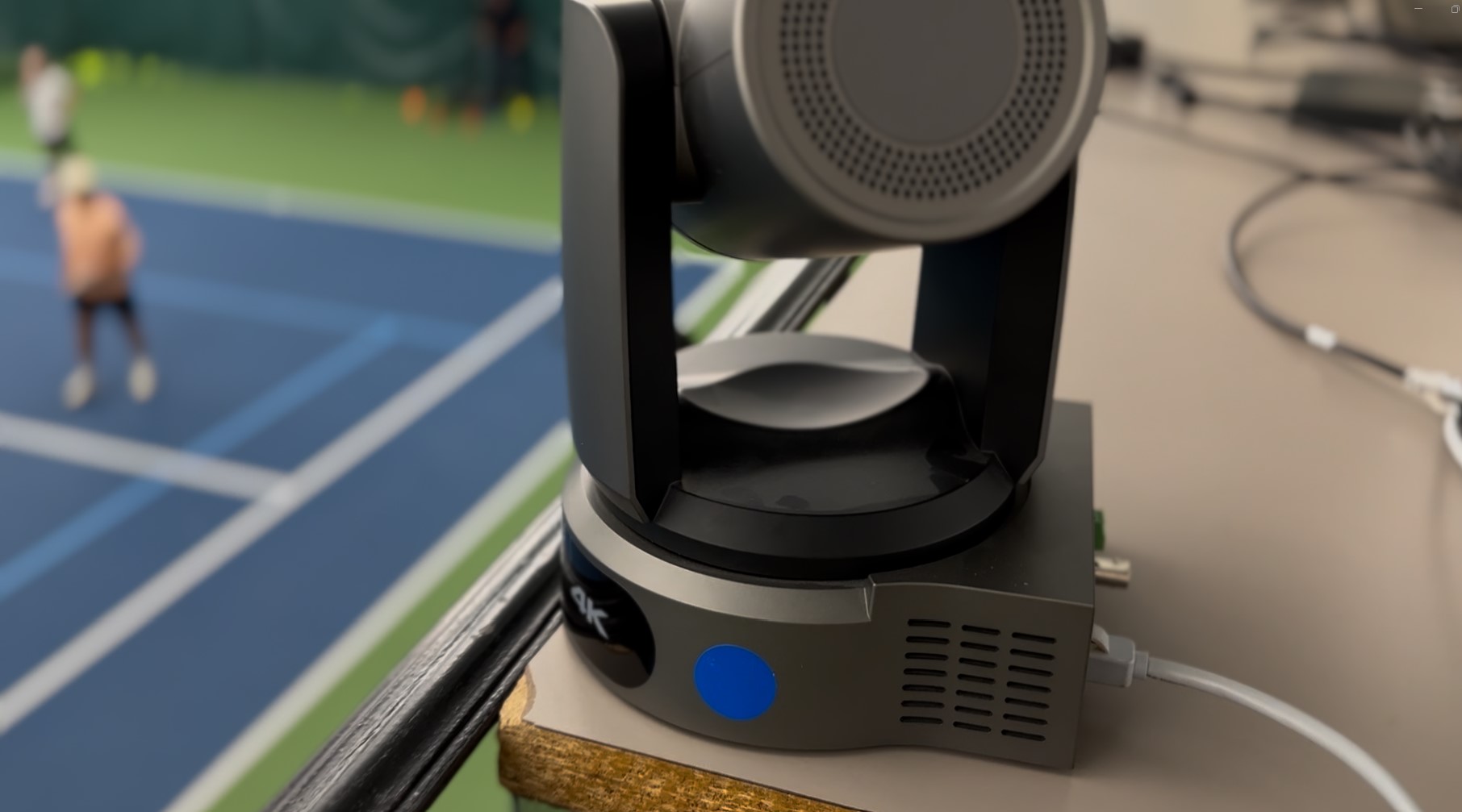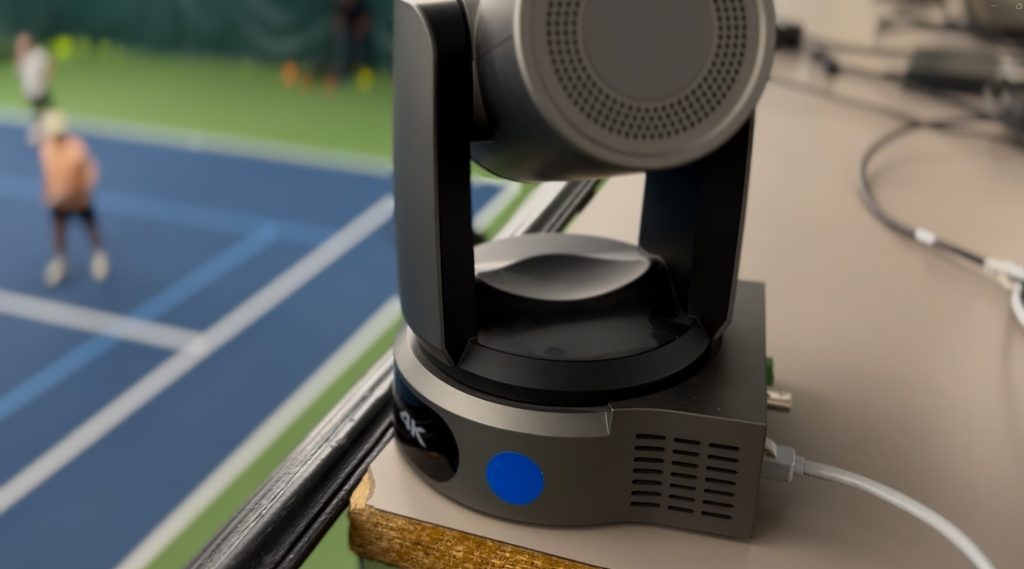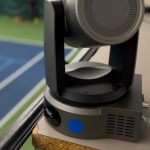History and Evolution

Remote photography is a technique that allows photographers to capture images from a distance, often without being physically present at the location. This innovative approach to photography has gained popularity in recent years due to advancements in technology and the increasing demand for unique and hard-to-reach shots.

Key aspects of remote photography:
- Wireless technology: Remote photography relies on wireless connections to control cameras and transmit images.
- Specialized equipment: This includes remote triggers, wireless transmitters, and sometimes robotic camera mounts.
- Software solutions: Applications that allow photographers to control their cameras from smartphones or computers.
- Versatility: Remote photography can be used in various settings, from wildlife photography to sports events and even in space exploration.

pplications of remote photography:
- Wildlife photography: Capturing images of animals in their natural habitat without human interference.
- Sports photography: Placing cameras in locations that would be dangerous or impossible for a photographer to access during an event.
- Landscape photography: Setting up cameras in remote locations to capture time-lapses or specific weather conditions.
- Security and surveillance: Monitoring areas remotely for security purposes.
- Scientific research: Documenting natural phenomena or conducting experiments without human presence.

Benefits of remote photography:
- Safety: Allows photographers to capture images in dangerous or inaccessible locations.
- Unique perspectives: Enables the capture of shots that would be impossible with traditional methods.
- Efficiency: Photographers can monitor and control multiple cameras simultaneously.
- Reduced disturbance: Minimizes human impact on wildlife and sensitive environments.
- Time-saving: Enables capture of long-term events or rare occurrences without constant physical presence.
Challenges and considerations:
While remote photography offers many advantages, it also comes with its own set of challenges:
- Technical issues: Reliance on wireless technology can lead to connectivity problems.
- Equipment costs: Specialized remote photography gear can be expensive.
- Legal and ethical concerns: Privacy issues and regulations regarding drone usage in some areas.
- Limited control: Less ability to make real-time adjustments compared to being physically present.
Despite these challenges, remote photography continues to evolve and open up new possibilities in the field of photography, allowing for creative and innovative approaches to image capture.
PTZ Cameras: Ideal for Remote Photography
PTZ (Pan-Tilt-Zoom) cameras are particularly well-suited for remote photography applications, offering several advantages:
- Versatile movement: PTZ cameras can pan (move horizontally), tilt (move vertically), and zoom, allowing for a wide range of shot compositions without physically moving the camera.
- Remote control: These cameras can be controlled from a distance using software or dedicated controllers, making them perfect for remote photography scenarios.
- High-quality optics: Many PTZ cameras come with powerful zoom capabilities and high-resolution sensors, enabling detailed captures from afar.
- Preset positions: Users can set multiple preset positions, allowing quick transitions between different shots or angles.
- Automation: Some PTZ cameras offer features like motion tracking or scheduled movements, enhancing their capabilities for unattended operation.
PTZ cameras are widely used in various remote photography applications, including:
- Live event coverage: Capturing sports events, concerts, or conferences from multiple angles.
- Wildlife observation: Monitoring animal behavior in natural habitats without human interference.
- Security and surveillance: Providing comprehensive coverage of large areas with a single camera.
- Weather monitoring: Capturing changing weather conditions or natural phenomena over extended periods.
The flexibility and control offered by PTZ cameras make them an invaluable tool in the realm of remote photography, enabling photographers and videographers to capture compelling imagery from a distance with precision and ease.


